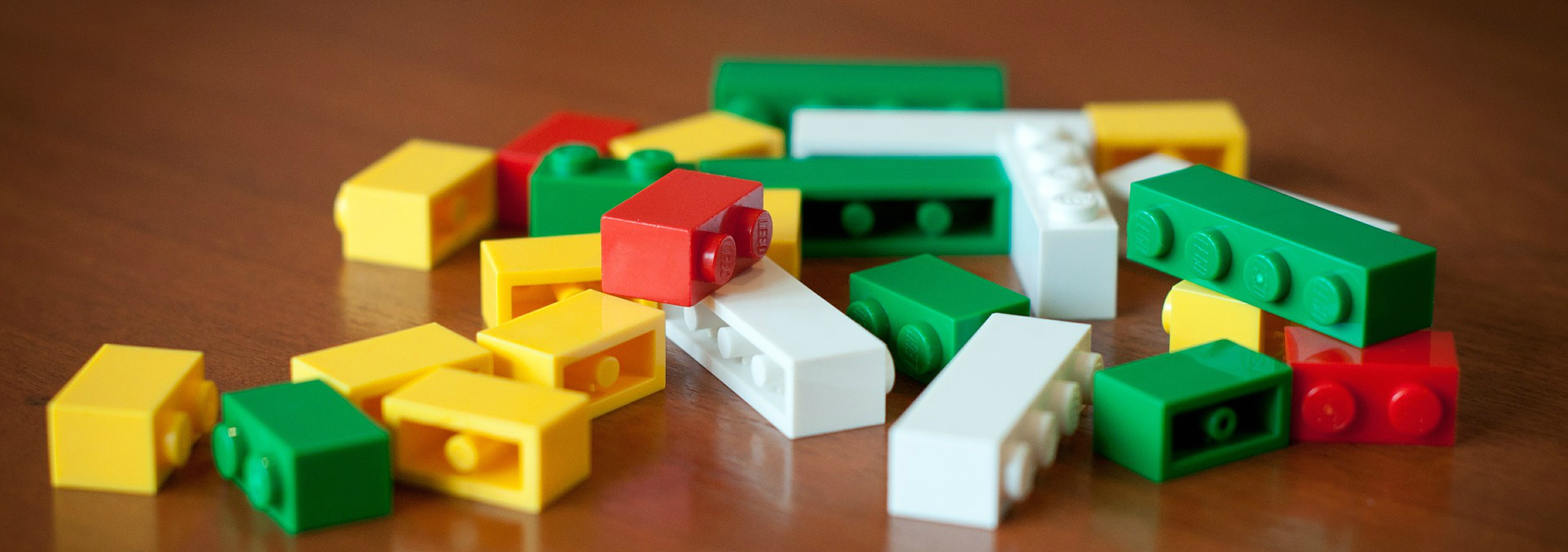Petroleum Product of the Week: Lego Bricks
By on May 20 2016

Lego bricks are all fun and games until you step on one then it's game over.

According to the Lego Group, who share some Lego facts on their website ( amaze your class with these awesome LEGO facts! "), on average, every person on the earth owns 86 Lego bricks. And even if you've never personally bought a set of Lego bricks, those little buggers tend to travel, so there is a chance that 86 of them have wormed their way underneath couch cushions, inside your dog, or even inside the walls of your own house (what if your contractor actually tried to build your house out of plastic? That would be cool.).
Whether or not you actually possess 86 Lego pieces, it's at least highly likely that you've encountered them at some point in your life. And if you have, you just have to admit that these little building blocks are brilliant in their simplicity.
While you might have put a lot of thought into what you were going to make out of your ever-growing Lego collection, have you ever actually considered how they were made? Surprisingly, like the bricks themselves, the process is rather simple.
Petroleum: The Building Block of Building Blocks
We owe our love for Lego to Ole Kirk Christiansen, a Danish carpenter who began making wooden toys in 1932. A couple years into toy making, Christiansen named his company "Lego," which comes from the first two letters of the Danish words leg godt, meaning "play well." In 1947, Lego expanded into the production of plastic toys.

The successful Lego subculture as we know it today began when The Lego Group (as the company is now known) started manufacturing interlocking toy bricks in 1949 (yes, Lego bricks have been around longer than many non-residential buildings in the US). These "Automatic Binding Bricks" were originally manufactured from cellulose acetate.
While the modern brick design was developed and patented January 28, 1958, it took several more years to find the right material for the design, one which would provide structural capabilities and versatility.
Since 1963, Lego pieces have been manufactured from a plastic known as acrylonitrile butadiene styrene (ABS), which is a common thermoplastic polymer (Butadiene is a petroleum hydrocarbon).

The ABS arrives at Lego manufacturing facilities in granulated form and are stored in large silos. The average plant has 14 silos, and each can hold 33 tons of ABS granules. Basic lego elements begin as black, blue, dark grey, light grey, green, red, yellow, or white.
To make the bricks, the ABS plastic is heated to 230-310






